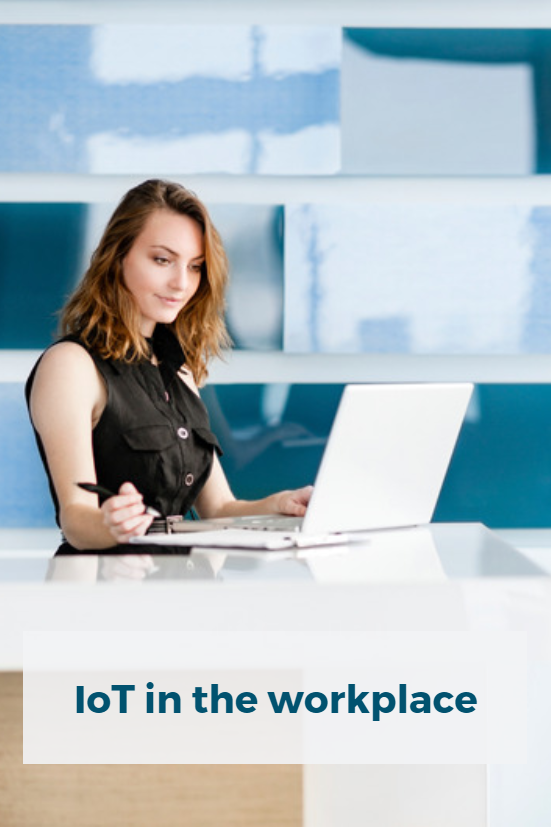Operator : "Thank you for calling Pizza Place. May I have your..."
Customer: "Hello, can I order?"
Operator : "Can I have your multi purpose card number first, Sir?"
Customer: "It's eh..., hold... on... 889861356102049 998-45-54610"
Operator : "OK... you're... Mr. Gomez and you're calling from 143 Bangkal St., Makati...Your
home number is 4094! 2366, your office 76452302 and your mobile is 0142662566. Which number are you calling from now Sir?"
Customer: "Home! How did you get all my phone numbers?
Operator : "We are connected to the system Sir."
Customer: "May I order your Seafood Pizza."
Operator : "That's not a good idea Sir."
Customer: "How come?"
Operator : "According to your medical records, you have high blood pressure and even higher cholesterol level Sir."
Customer: "What?... What do you recommend then?"
Operator : "Try our Low Fat Hokkien Mee Pizza. You'll like it."
Customer: "How do you know for sure?"
Operator : "You borrowed a book entitled "Popular Hokkien Dishes" from the National Library last week Sir." […]
This was a very popular fun e-mail that went around in 2006-2007. I personally received various versions of it at least seven times. Some people were amused by it, some were outraged and I tried running it by my grandmother but she just thought it plain stupid (my grandmother is the type that would have a rotary mobile phone if it were a possibility).
Today, however, this kind of interconnectivity between all (seemingly) unrelated things is already here. It’s true that I have yet to be given health advice by my fast food provider but other than that, all my information is out there: I get texts from my small, round vacuum cleaner, updates from my cameras every time my cats change location (they move a lot less than I’d expect) and I am looking forward to buying a refrigerator that can remind me to buy the stuff I am out of.
It is all part of the Internet of Things — or IoT.
What is IoT
Wikipedia defines this as the network of physical devices, vehicles, home appliances and other items embedded with electronics, software, sensors, actuators, and network connectivity which enables these objects to connect and exchange data. Each thing is uniquely identifiable through its embedded computing system but is able to inter-operate within the existing Internet infrastructure. According to the same online encyclopedia, experts estimate that IoT will consist of about 30 billion objects by 2020 and the global market value of IoT will reach $7.1 trillion by then.
What the IoT basically does is allow objects to be sensed or controlled remotely across an existing network infrastructure, creating opportunities for more direct integration of the physical world into computer-based systems, and resulting in improved efficiency, accuracy and economic benefit. When IoT is augmented with sensors and actuators, the technology becomes an instance of the more general class of cyber-physical systems, which also encompasses technologies such as smart grids, virtual power plants, smart homes, intelligent transportation and smart cities.
The IoT and e-learning at work
The Internet of Things obviously has many benefits for a number of fields, one of them being corporate learning and development. Since e-learning already is the norm for organizational L&D, employing the workings of IoT is not only the logical step but also the easiest way to establish an integrated, working system.
Logistics becomes a lot easier when logging attendance at a training session is done with a wearable or an app in an Internet connected room. It becomes a breeze to have a detailed report of who is attending what module and what are the success rates where tests are concerned.
Information can travel a lot faster and more effectively from and to the learner with minimal effort both on the part of the employee and the learning specialist. Being able to gain real-time, actionable insight into attendee performance allows both managers and L&D professionals to adjust programs and provide valuable coaching and feedback without having to wait for the completion of the learning path.

IoT in the workplace leads to better collaboration and efficiency
There’s a lot of talk lately about how the key to better business results is increased collaboration. Although there initially was some worry that moving learning online and employing IoT in the workplace could lead to individuals isolating themselves rather that working together as a team, studies suggest that it will have the opposite effect, potentially even having a big positive impact on employee interaction.
According to a Harvard Business Review survey, companies are already seeing important benefits of IoT-based initiatives, and 58% respondents say they have seen increased collaboration within the business. For example, thanks to technology that enables remote workers to connect, companies can create a real presence for employees anywhere in the world.
Soon, video conferencing that previously required use of a fixed device such as a computer or smartphone will be possible from any part of an enterprise base.
IoT – the future of office connectivity
So far, only a few, visionary companies have adopted IoT technology into their internal business processes. The costs and technological upheaval may still seem too high but the benefits are well worth it.
Soon enough it will become obvious to all that office connectivity involves more than printers and computers; it is a complex, constantly evolving ecosystem with the potential to transform simple objects into smart services. These will increasingly ensure that mundane tasks are handled for us.
A smart waste basket, for example, might be equipped with a scanner and simply scan anything being tossed away and add it to an order list connected to an online store. As a result, supplies from pens to paper will be automatically restocked without somebody having to waste a lot of time searching for the right order code in a big catalog.
The limits of where IoT might take us in our private and professional lives cannot yet be foreseen. What’s already clear though, is that it will have a tremendous impact in the reshaping of all objects, devices and everyday tasks.







